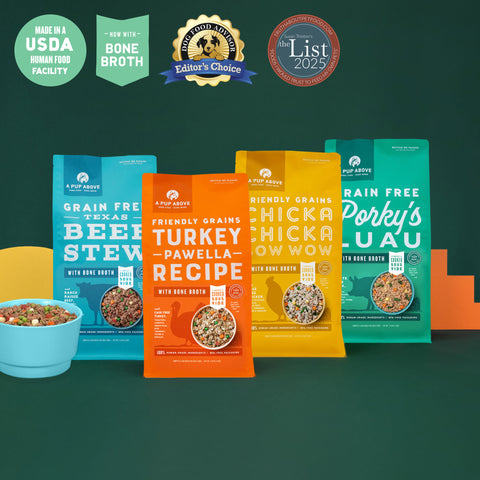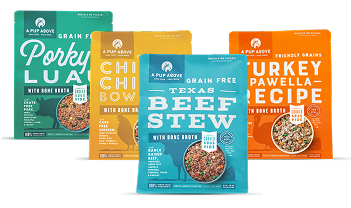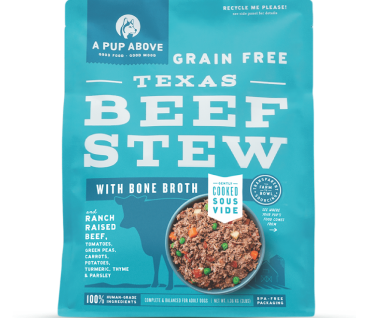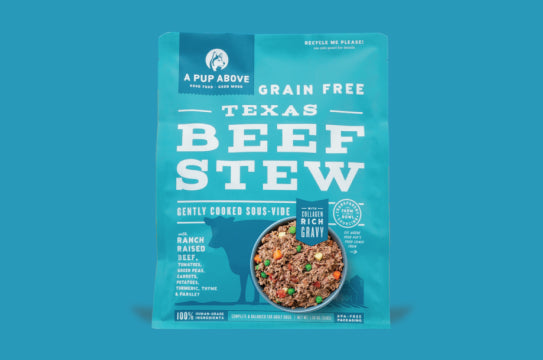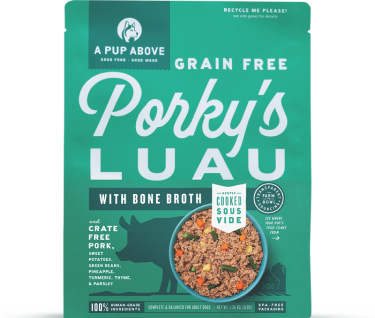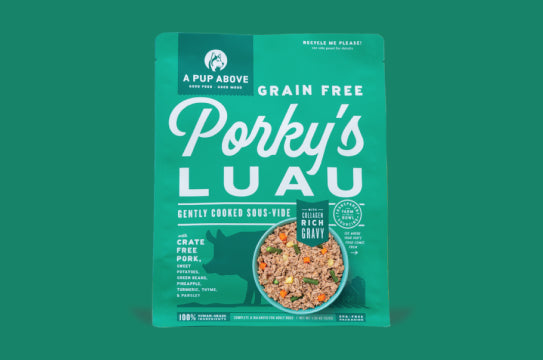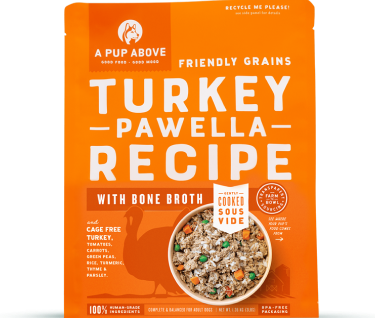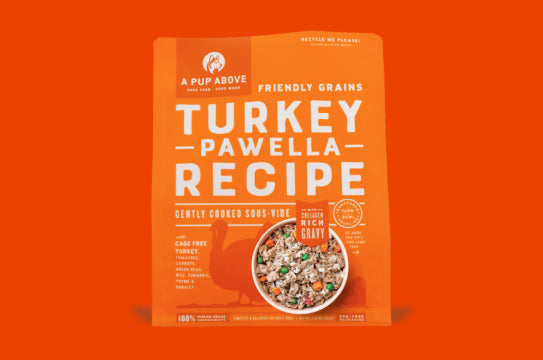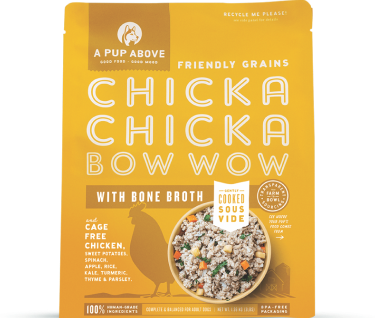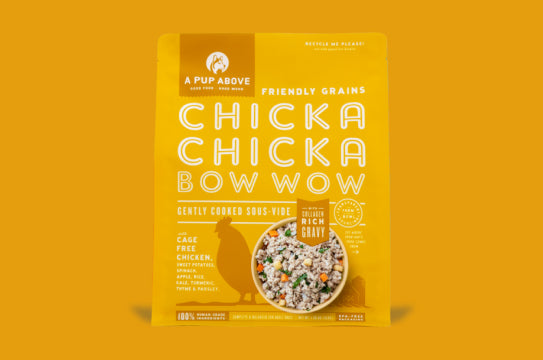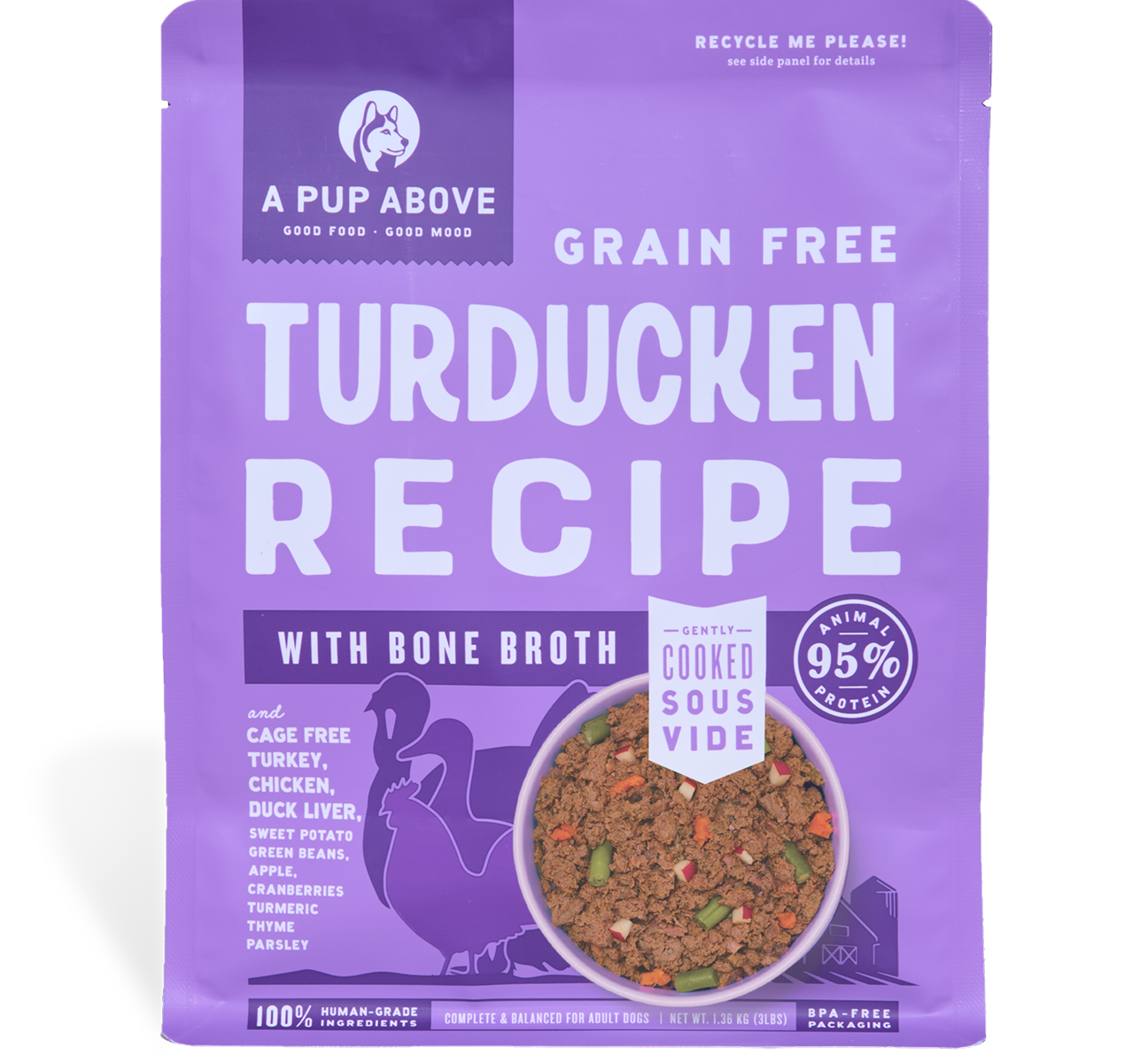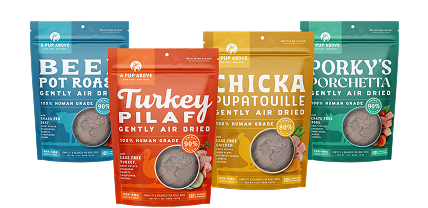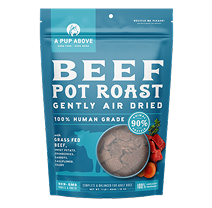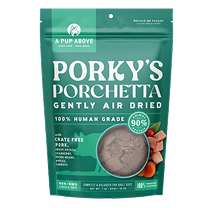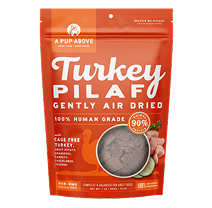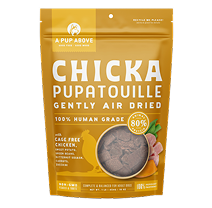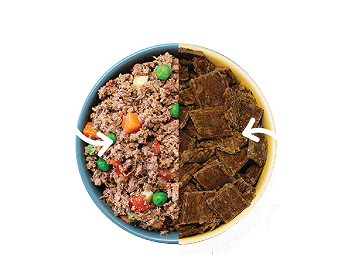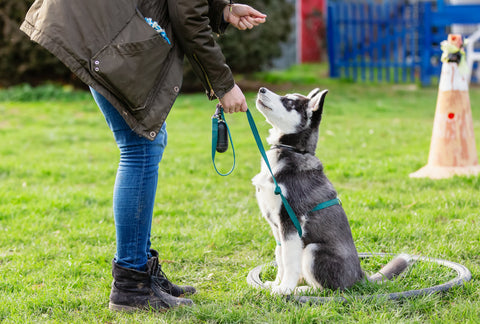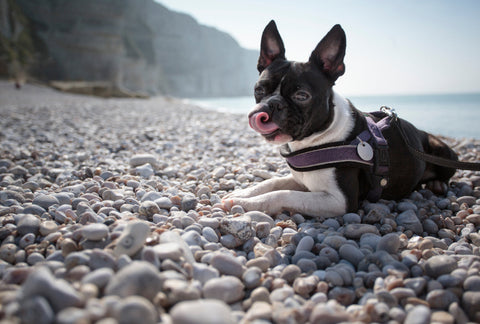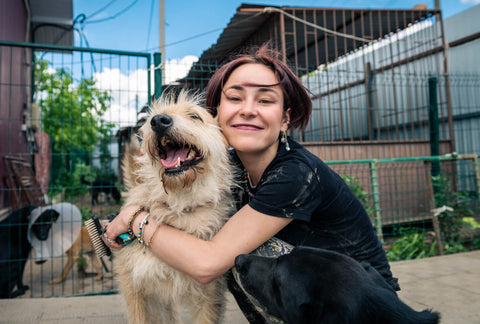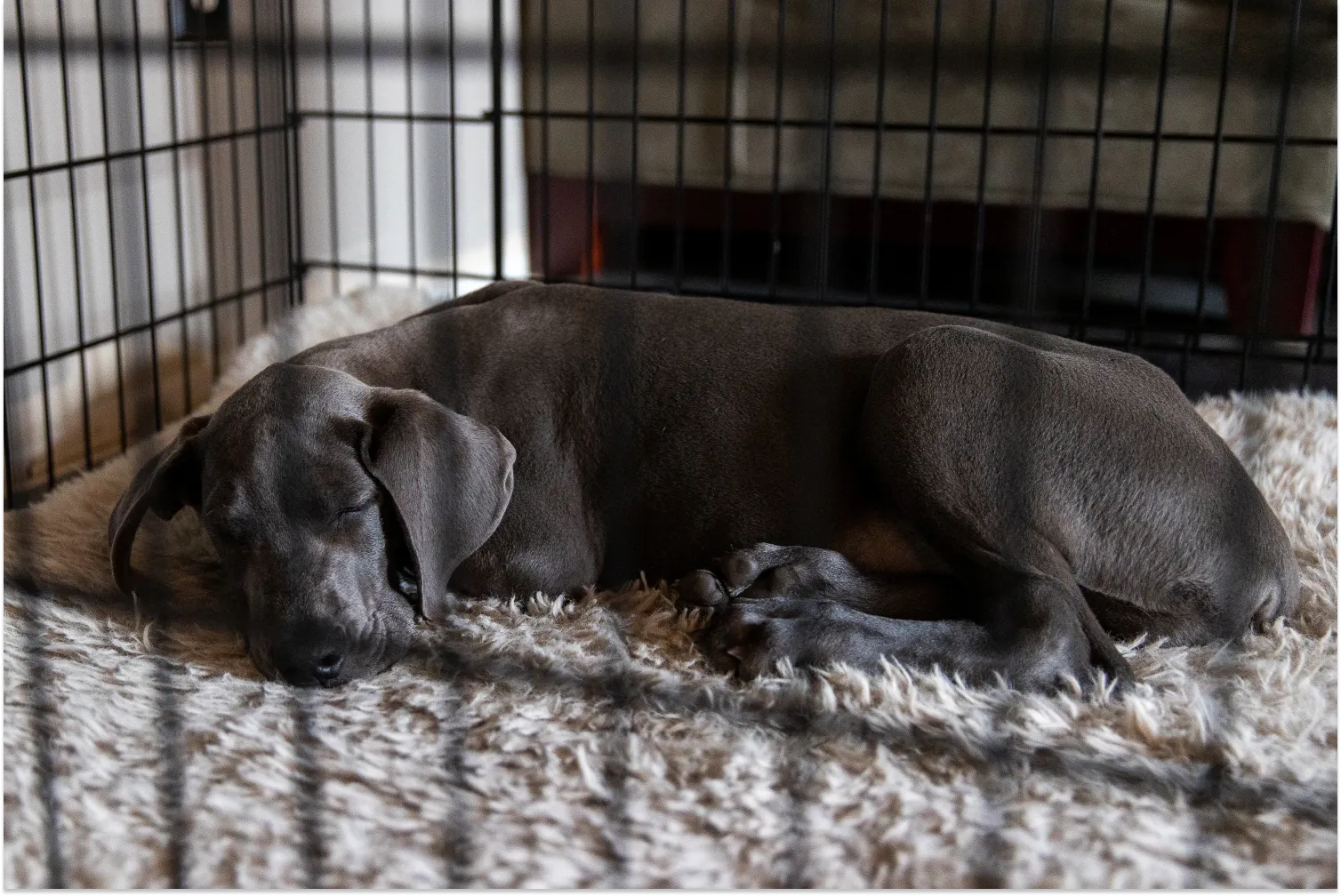
How To Crate Train a Puppy
Table of Contents
- How Do I Choose the Right Dog Crate?
- How Do I Set Up the Crate?
- Beginning the Crate Training Process
- Potty Training and Crate Training
- Addressing Separation Anxiety
- Crate TrainingOlder Dogs vs. New Dogs
- Key Points To Remember
- Potential Issues and Solutions
- What Are the Benefits of Crate Training?
- From Crate Training to Nutritional Needs
Crate training is often a term that brings mixed feelings to pet parents. However, like a delicious sous-vide dinner that’s been gently cooked to perfection for our furry friends, crate training, when done right, is a warm, positive experience for your pup.
At A Pup Above, we understand the importance of ensuring palatability in the foods we provide. Similarly, we believe in making the crate training experience palatable — comfortable, secure, and welcoming — for your puppy.
Let's delve into the wholesome benefits of crate training and how it can make the transition smoother for young puppies.
How Do I Choose the Right Dog Crate?
Like choosing the right meal for your pup's nutrition and flavor, selecting the appropriate crate is crucial for their comfort and security.
What Are the Differences Between Wire Crates and Other Types?
Wire crates are popular due to their durability and ventilation. They can also be collapsible, making them convenient for travel. Other types might offer more privacy for pups, but ensure you're picking what suits your dog's needs and the home environment.
What Size Should I Buy?
It's not just about big or small; it's about perfect. Different sizes cater to various breeds.
The crate should be large enough for your puppy to stand, turn around, and lie down comfortably. However, too much space might hinder the house training process, so choose wisely.
How Do I Use a Crate Divider?
Just as you'd adjust the amount of food as your pet grows, a crate divider helps adjust space, ensuring your puppy doesn’t have too much room (which might encourage accidents) but still feels comfy.
Soft Blanket vs. Dog Bed
Think about the base as the cherry on top of your pet’s meal. A soft blanket can make the crate cozier and is easily washable. On the other hand, a dog bed might offer more cushion. Consider your pup's preferences and the ease of cleaning when making a choice.
How Do I Set Up the Crate?
Imagine setting up a dining space for your dog, where the meal is nutritious and inviting. Setting up the crate is similar. It should invite your pup, making them feel it’s their own space.
What Is the Best Place in the House for a Crate?
Living room or family room? Think of it this way: Where does the family spend a lot of time? A puppy wants to be where the action is. Position the crate in a spot where they can see and feel part of the family but also retreat for a nap when needed.
How Do I Make the Crate a Positive Space?
Now, this is where the fun begins! Add their favorite toy or maybe even a kong stuffed with a smidge of peanut butter. Creating positive associations is just like ensuring your pup loves their meal every single time.
Why Is a Safe Space So Important?
At A Pup Above, we’re serious about pet health and safety, and that extends beyond food. Your new puppy's crate should be their safe haven — a place they choose to go when they want to rest or feel overwhelmed.
Remember, every pup is unique, much like their food preferences. Be patient, be kind, and let your puppy know they’re loved, whether inside or outside their crate.
Beginning the Crate Training Process
Training your pup to love their crate is much like introducing them to a new, nutritious sous-vide meal — it needs patience, consistency, and a sprinkle of fun.
First-Time Introduction: Small Steps & Delicious Treats
On your pup’s first foray into their crate, lure them in with a treat or a tantalizing tidbit from our menu. This initial positive association is vital, making the crate feel as welcoming as a warm plate of their favorite dish.
Using Positive Reinforcement
Make sure to heap on the praise when they enter their crate. Whether it’s with treats, verbal affirmations, or gentle pets, let them know they’re doing great.
Balancing Play Time & Crate Time
Before tucking them into their crate, ensure they’ve had ample playtime. A tired puppy is a happy, more relaxed puppy. Think of playtime as the appetizer and the crate time as the main course where they get to rest and digest.
Training Tips for the First Night
The first night might feel like tasting a new dish for the first time. A little hesitation is natural. Ensure their favorite toy or comfort object is in the crate, and consider placing a soft blanket with your scent inside to provide extra comfort.
Potty Training and Crate Training
Our four-legged pals thrive on routine, much like their meal times. Incorporating crate training with potty training can set a rhythm that both pup and parent can rely on.
Regular Meals Lead to Predictable Potty Times
Feeding your pup at consistent times ensures they eliminate at roughly the same times each day, making house training more manageable.
Potty Break Routine
Just as there are best times to feed, there are best times for potty breaks, after meals, in the middle of the night for very young puppies, and first thing in the morning.
The Crate’s Role in House Training
A crate, when used correctly, can prevent accidents. Pups usually avoid soiling their sleeping areas. However, remember to limit the amount of time they spend inside, especially when they're very young.
Addressing Separation Anxiety
Much like how our dogs yearn for their flavorful meals, they also yearn for our company. When approached with care, crate training can help alleviate the pangs of separation anxiety.
Building Positive Associations
The crate should be a place of positivity. Associating crate time with tasty treats, favorite toys, or a comforting soft blanket can make the experience pleasurable for the pup.
Training for Different Lengths of Time
Start with short periods of time in the crate and gradually increase. This gradual increase ensures the crate feels safe and doesn't become a place of prolonged isolation.
The Crate as a Safe Haven
Remember, the crate should be a safe place and a retreat. Ensure your dog feels that their crate is their own dining space, a place of warmth and comfort.
Crate TrainingOlder Dogs vs. New Dogs
Introducing an older dog to a crate or settling in a sprightly new puppy can have their own challenges. Each dog is unique, and their taste for crates might vary just as their palates do.
Approach for an Older Dog
Older dogs might have developed habits or reservations over time. As it might take a moment for them to warm up to a new dish, patience and positive reinforcement are key when introducing them to the crate.
Celebrate small milestones, and perhaps, tempt them with a nibble of their favorite A Pup Above meal for encouragement.
New Puppies and Their Eager Exploration
New puppies are like curious diners eager to explore the vast menu of life. They can easily develop a liking for their crate with consistent guidance, positive reinforcements, and a sprinkle of patience.
Adjusting Time Durations
An older dog might need shorter sessions initially to get accustomed, while a new puppy may adapt quicker. Remember, it’s not about the amount of time but the quality of the experience.
Key Points To Remember
Embarking on the crate training journey is akin to ensuring your pet gets the finest nutrition.
Here are some wholesome reminders to ensure the process is both positive and beneficial:
Never Use the Crate as Punishment
The crate should feel inviting, not like a place of timeout. Your pup wants a safe den, not a cage.
Importance of Potty Breaks
After longer periods in the crate, ensure they have a chance to stretch and relieve themselves. Just as regular mealtimes are crucial, so are consistent potty breaks.
Socialization and Crate Balance
Balance is key. Ensure your dog gets ample socialization and play time outside the crate. Think of crate time as the resting phase after a hearty meal, while outside time is the joyful anticipation of the next culinary delight.
Toys for Comfort
Inside their crate, a kong or a favorite toy can provide comfort and distraction. It's the equivalent of that special treat after a meal.
Potential Issues and Solutions
Pet parents might face challenges in the crate training journey. But, armed with the right knowledge and a sprinkle of patience, these can be surmounted.
Addressing Whining or Restlessness
If your pup whines the first few nights, it's their way of adjusting. Stay consistent, ensure they're comfortable, and if needed, place a soft blanket or an item with your scent for added comfort.
The Travel-Friendly Collapsible Crate
Planning a trip? A collapsible crate is to travel what our portable pouches are to meals on the go: convenient and necessary.
Seeking Professional Help
If challenges persist, don’t hesitate to consult a dog trainer. Just as we look to nutritionists to perfect our meals, sometimes professional expertise can smoothen the crate training process.
Training is a continuous journey. By understanding your pup's needs and pairing them with warmth, consistency, and a dash of fun, you ensure their well-being and happiness, both in and out of the crate.
What Are the Benefits of Crate Training?
Think of crate training as the delightful side dish that complements the main course of your pet's life. It's more than just a space; it's an avenue for growth, safety, and well-being.
Creating a Safe Haven
Just as we at A Pup Above promise a safe, nutritious treat for every dog, a crate offers them a personal safe space. It's their own little nook where they can rest, relax, and feel secure.
Easing Trave
When dogs travel, having their familiar crate can provide a sense of comfort amidst unfamiliar surroundings.
House Training Made Easier
Regular meal times ensure predictable potty times. Similarly, a crate can be a tool that helps reinforce a potty routine, making your house training journey smoother.
Protective Space
A crate can protect your pup from potential hazards when unsupervised, especially inquisitive puppies prone to chewing.
Building Independence
While our pets relish our company, it’s healthy for them to have periods of time on their own. The crate allows them this independence, ensuring they're comfortable even when we're not around.
From Crate Training to Nutritional Needs
Every step we take, whether selecting the perfect meal or initiating crate training, stems from our profound love for our furry family members. Just as A Pup Above is dedicated to bringing warmth, nutrition, and flavor to every bowl, crate training can introduce a world of positive experiences for your pet when approached with patience and understanding.
Remember, the heart of crate training, like gourmet pet meals, is the well-being and happiness of our dogs. Celebrate every milestone, stay informed, and let every step be a testament to the love and care we shower on our pets. After all, isn't that what being a devoted pet parent is all about?
Sources:
Travel safely with your pet | The Humane Society of the United States
Pet Safety in Emergencies | Healthy Pets, Healthy People | CDC
Canine separation anxiety: strategies for treatment and management - PMC
Top Stories
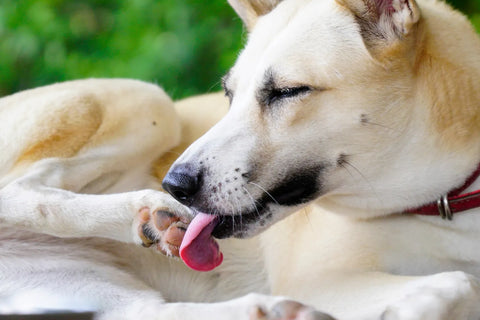
Why Do Dogs Lick Their Paws?
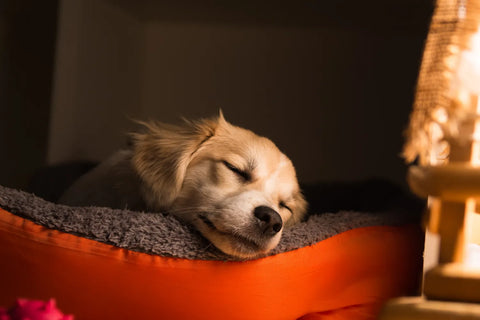
Why Do Dogs Whimper & Make Noises in Their Sleep?
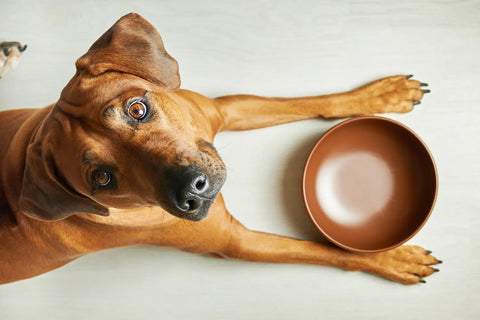
Healthy Vet-Approved Homemade Dog Food Recipes

How To Cook Sweet Potatoes for Dogs
